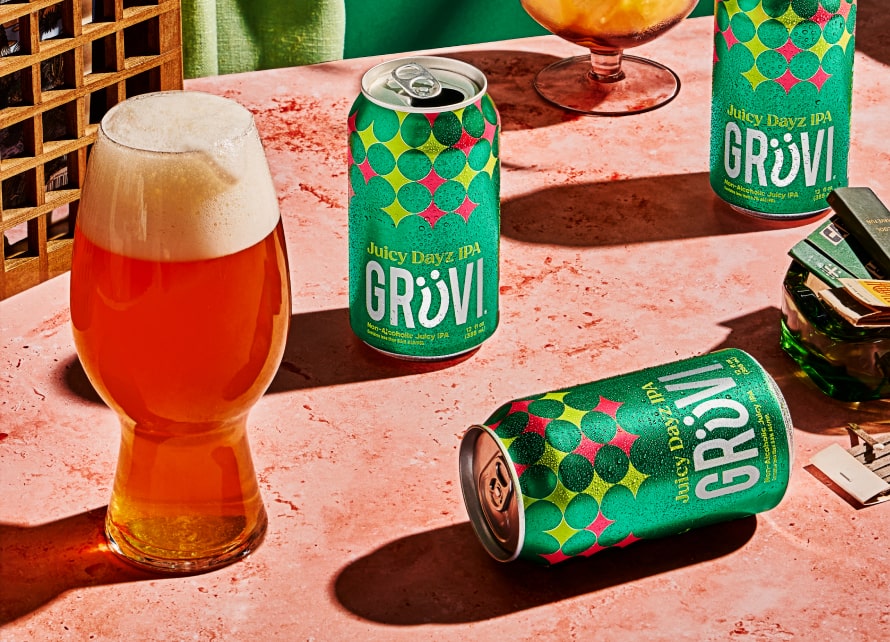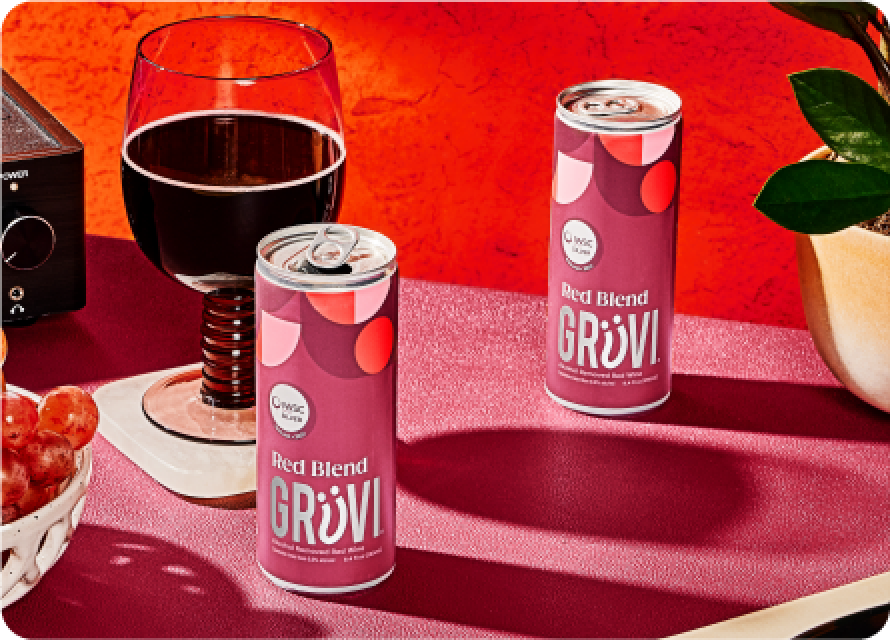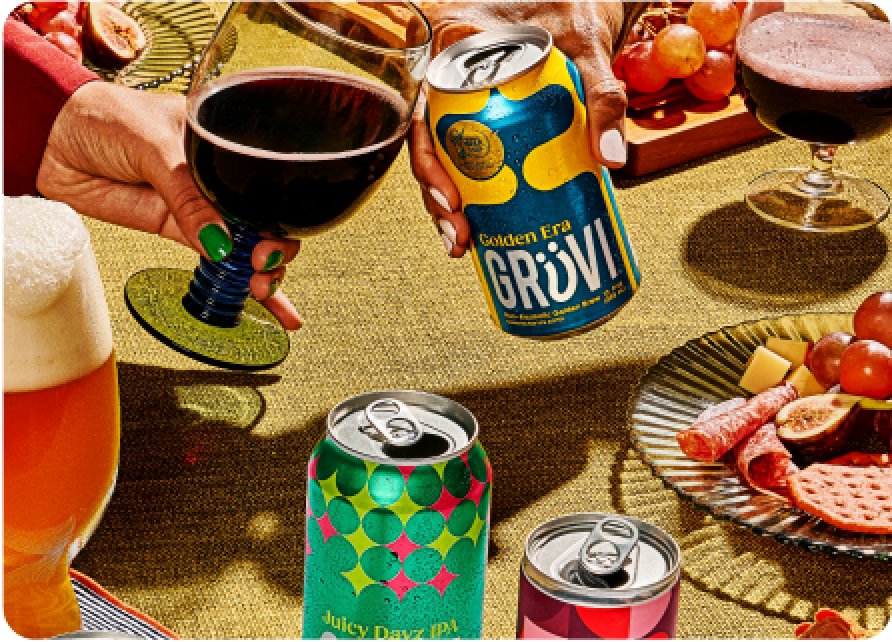Seasonal Affective Disorder
Seasonal Affective Disorder is a mood disorder that’s linked to seasonal change. The majority of cases are linked to people feeling depressed during autumn and winter with symptoms dissipating in the spring and summer. 5% of American adults are impacted by Seasonal Affective Disorder.
Persistent Depressive Disorder
Also referred to as dysthymic disorder, persistent depressive disorder impacts 1.5% of American adults. Though symptoms may last for two or more years, it’s not as intense as major depression.
Psychotic Depression
Around 5% to 25% of people who face depression can end up experiencing symptoms of psychotic depression. Individuals diagnosed with psychotic depression experience hallucinations and delusions.
Minor Depression
Individuals diagnosed with minor depression experience similar symptoms to people facing major depression. However, their symptoms are less acute and last for a shorter period of time. Minor depression is pretty widespread: 16% of adults have shown symptoms associated with minor depression.
Bipolar Disorder
In their lifetimes, 4.4% of American adults experience bipolar disorder. Though it’s a mood disorder that may lead to depressive episodes, it’s not medically categorized as a form of depression. Bipolar disorder manifests as drastic changes in mood. An individual diagnosed with this mood disorder may experience manic periods of elevated mood and energy followed by episodes of depression.






